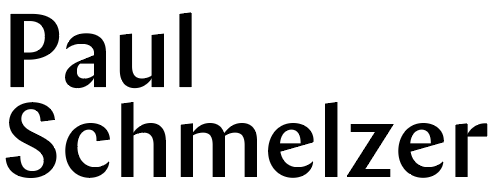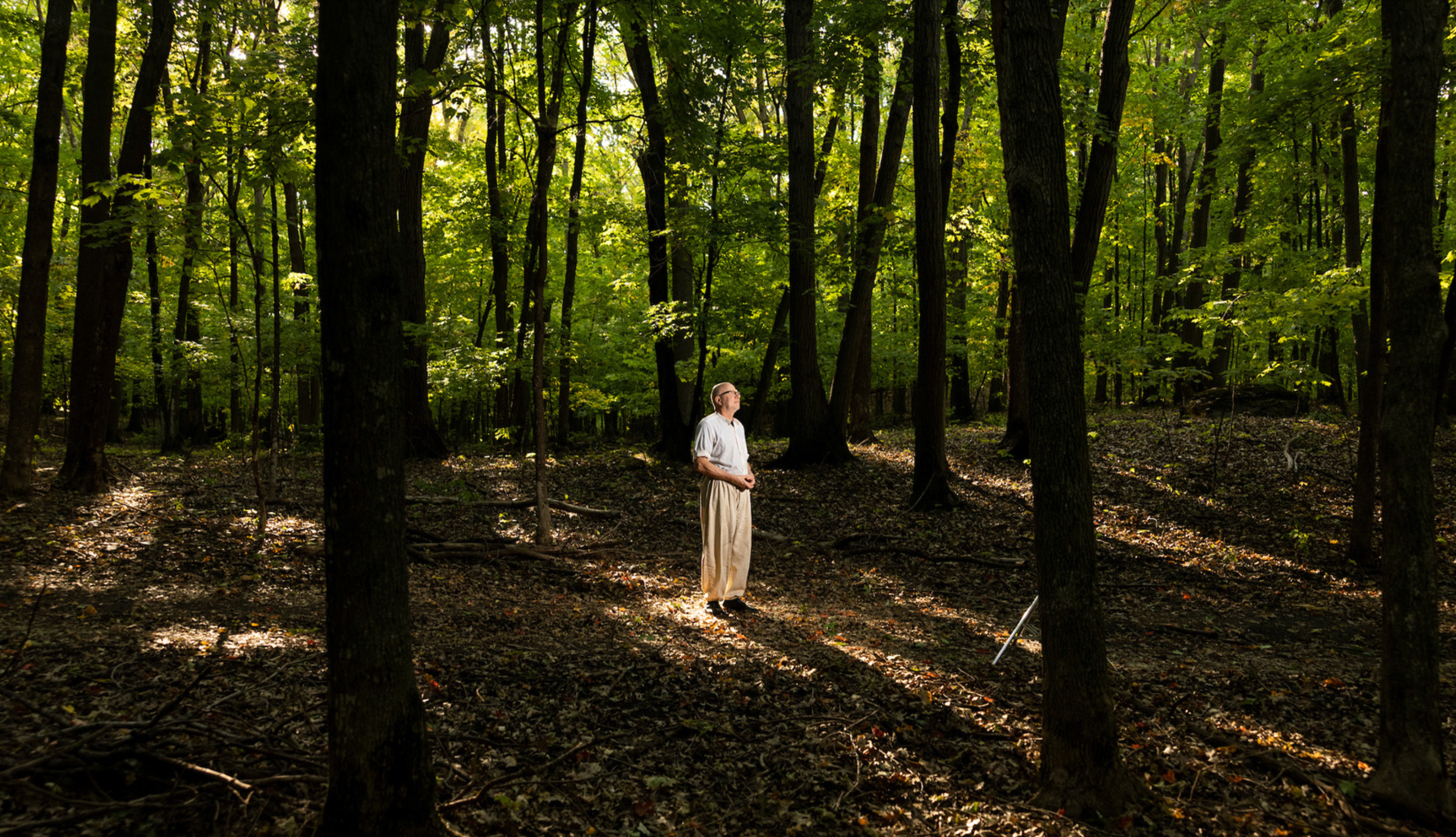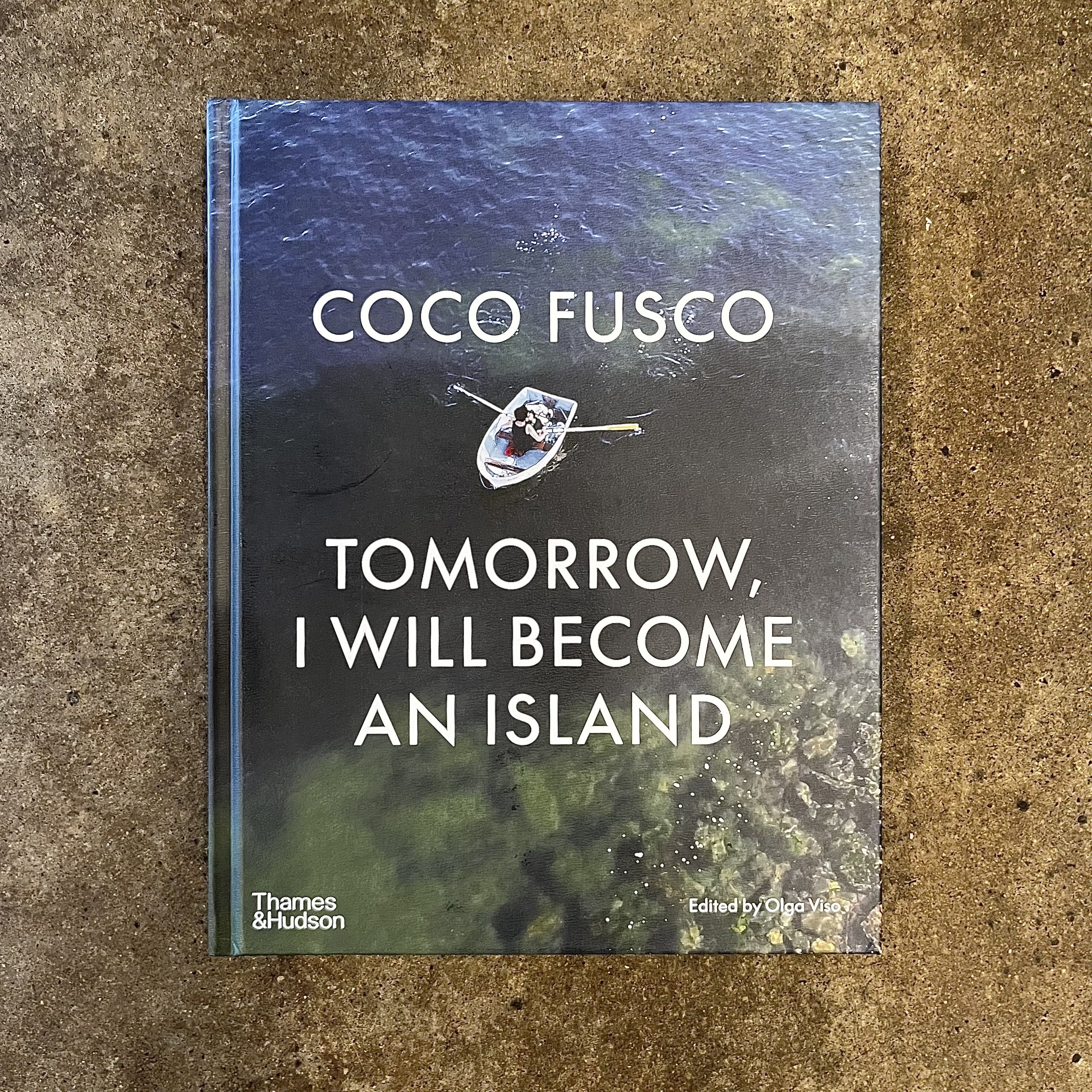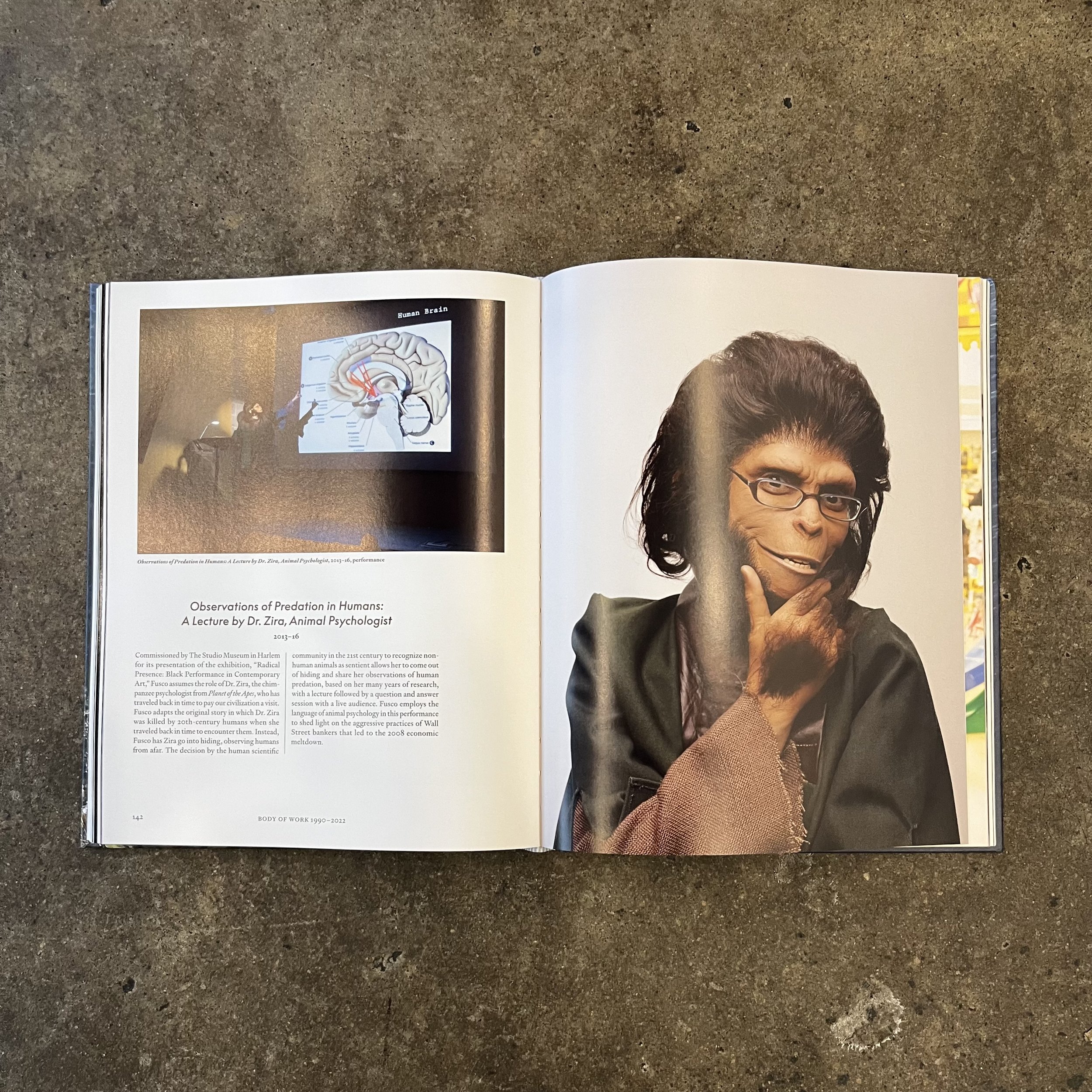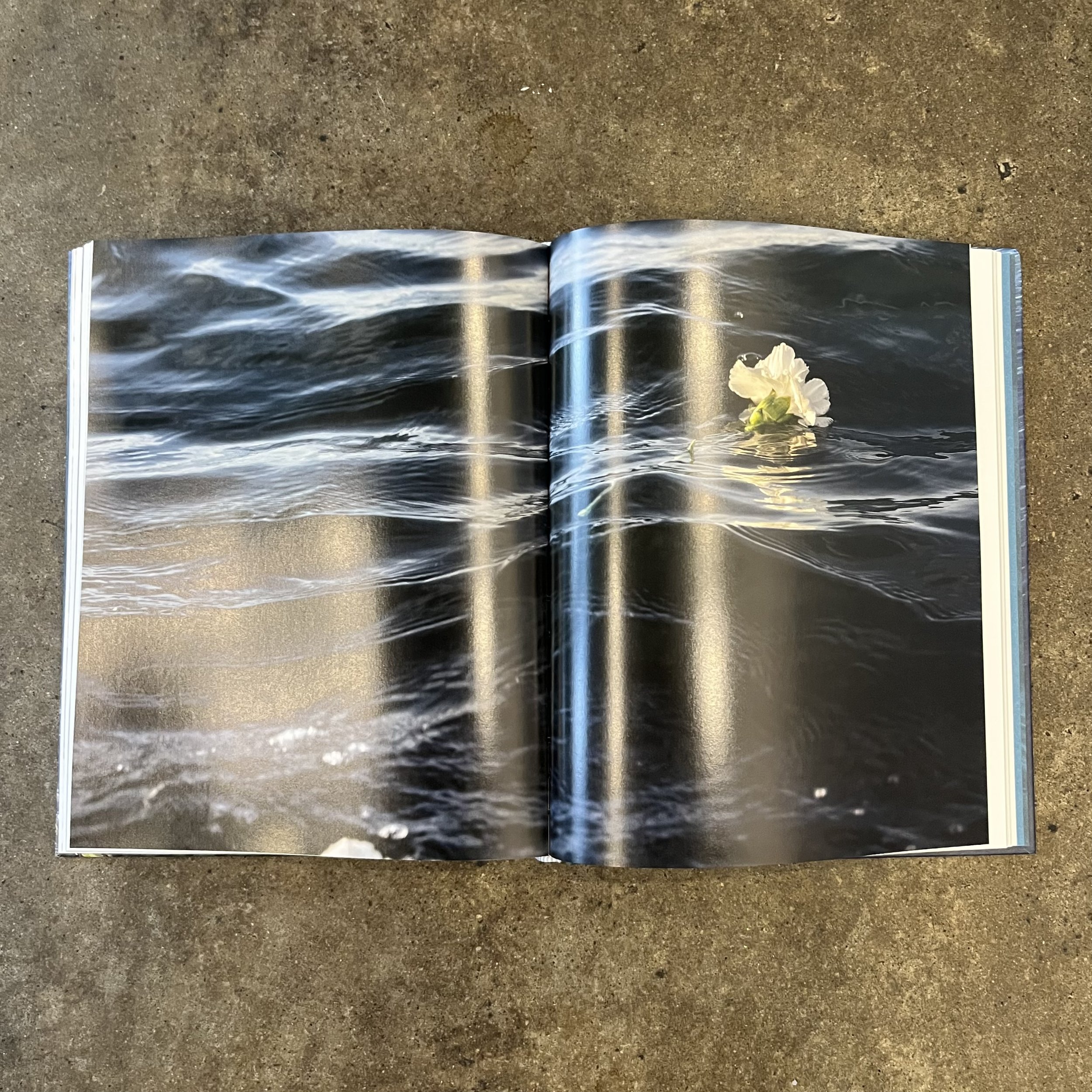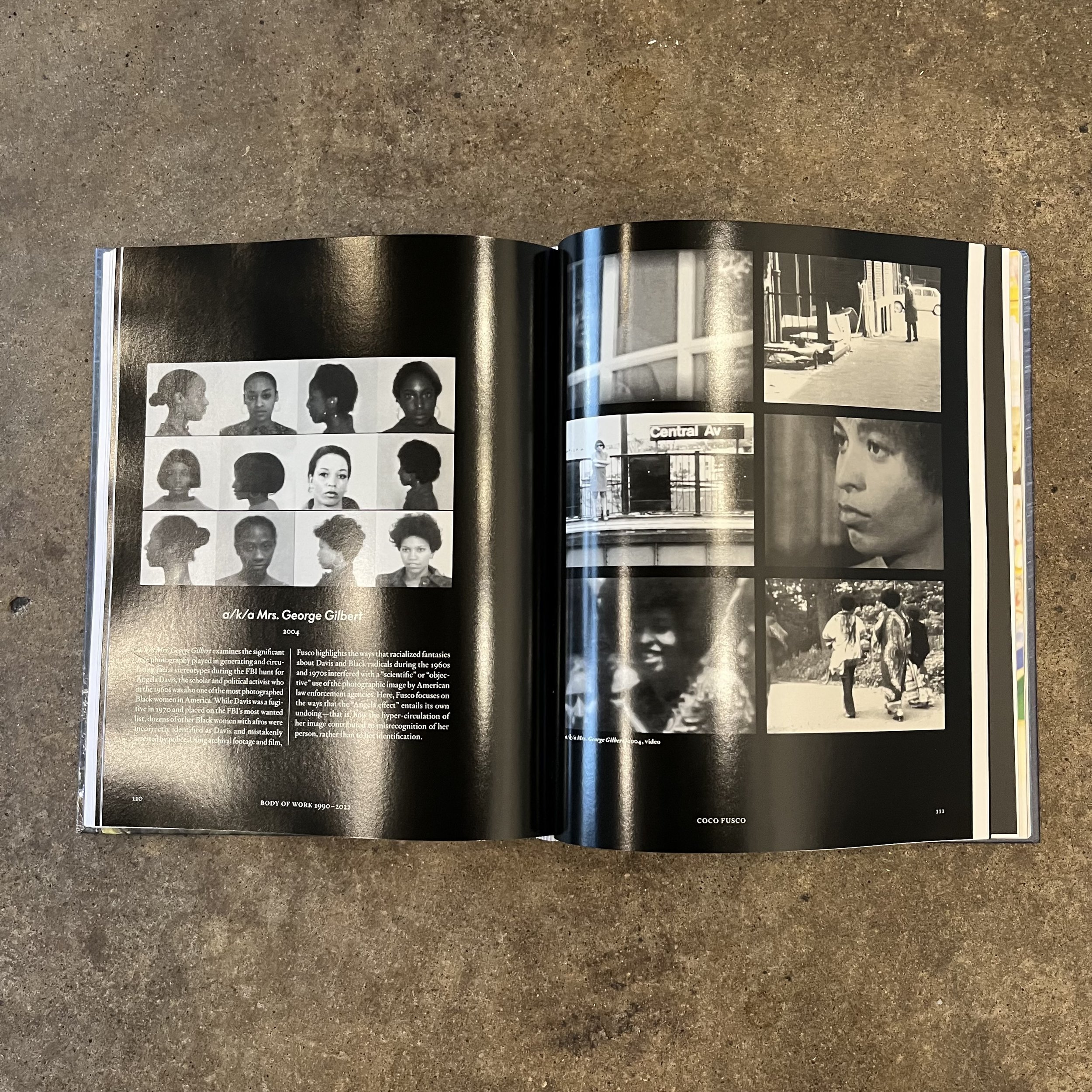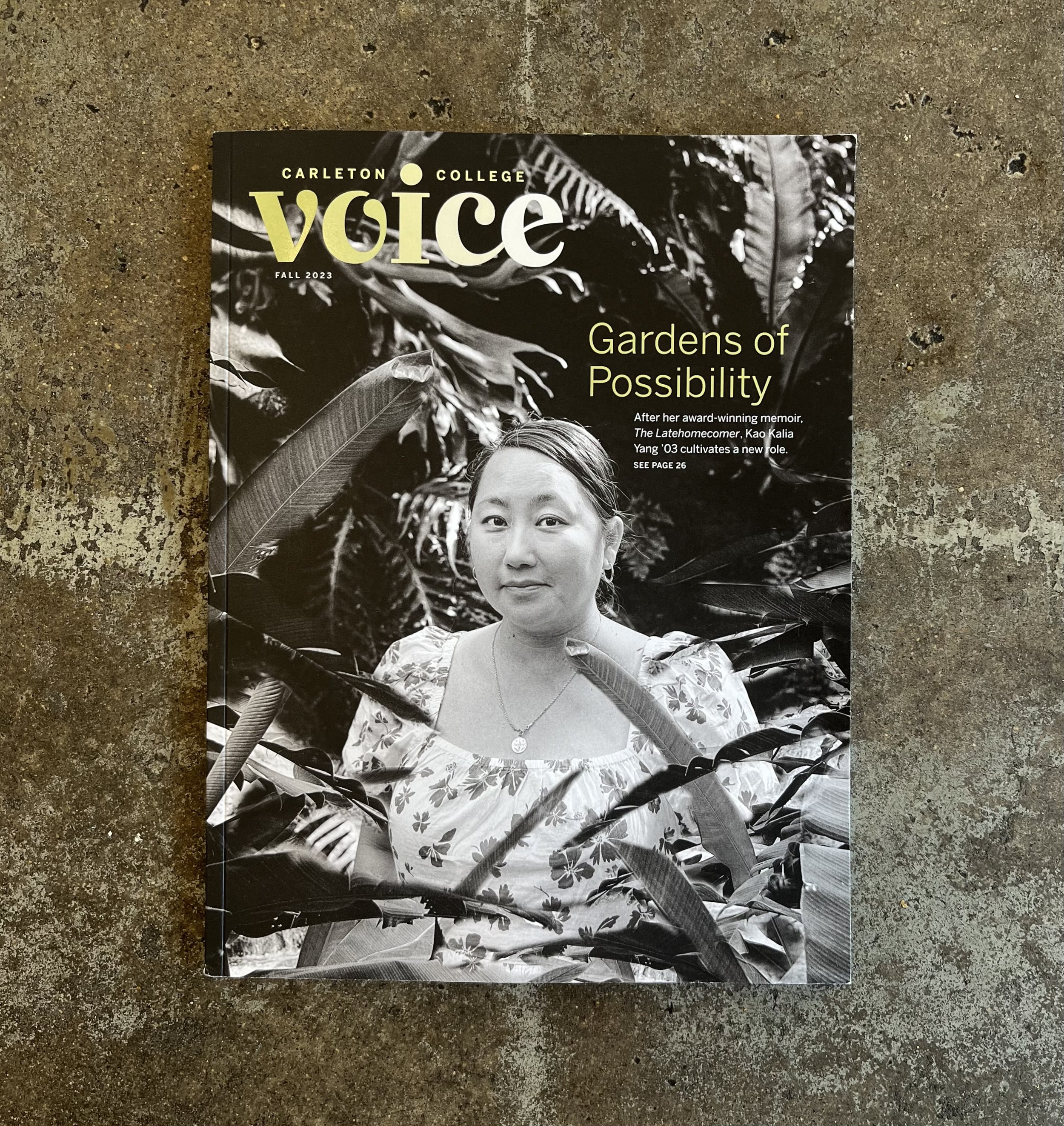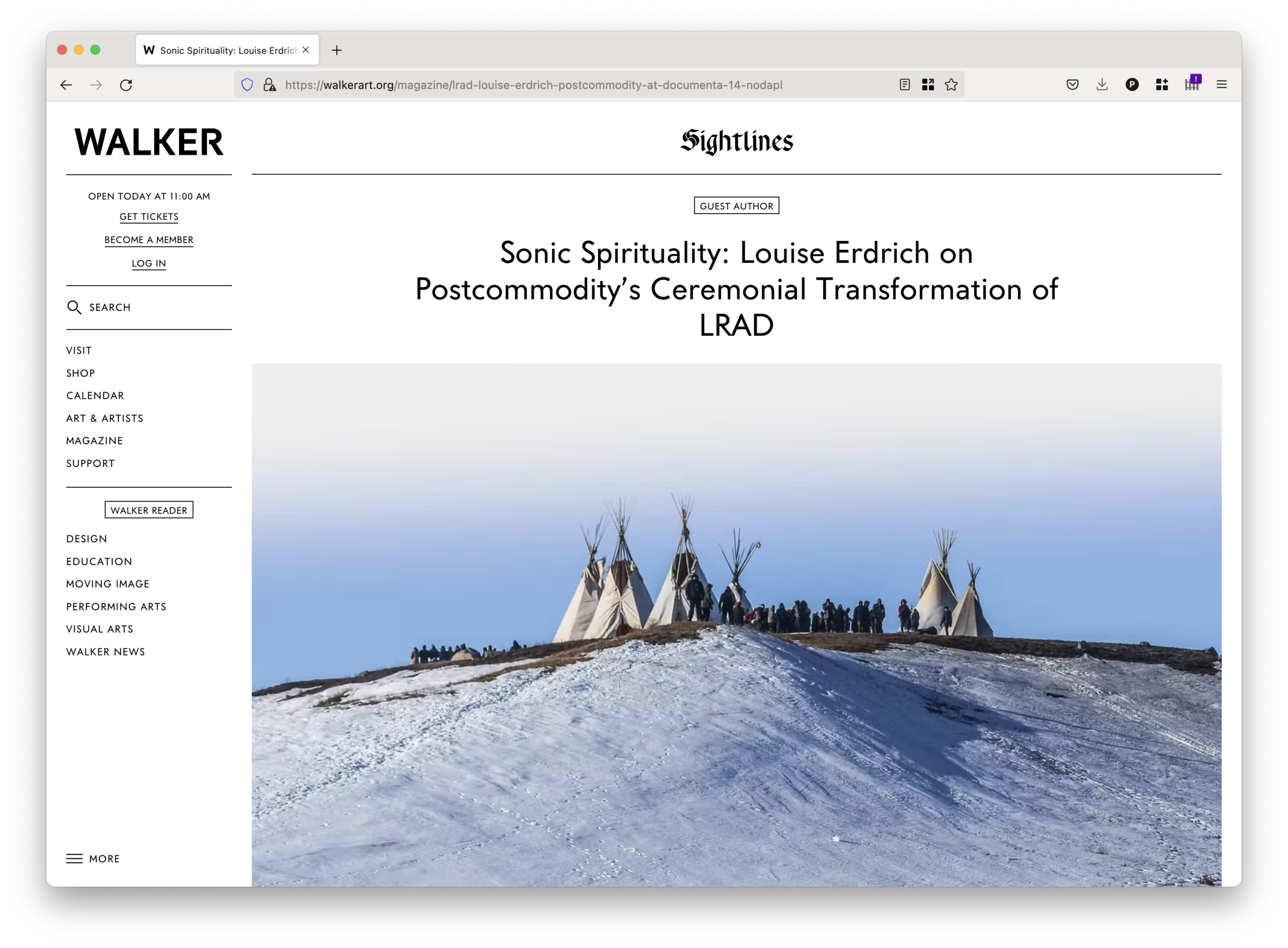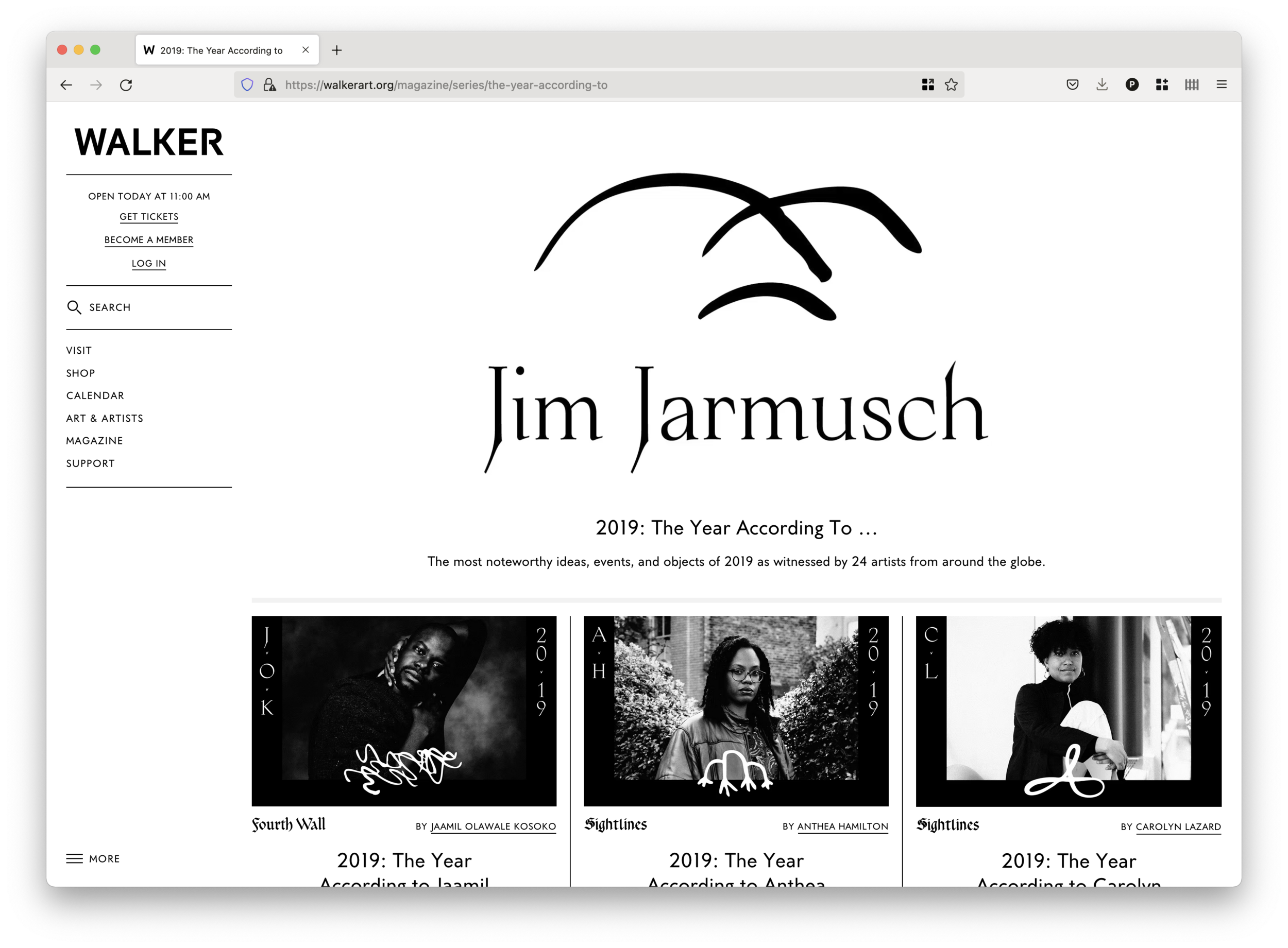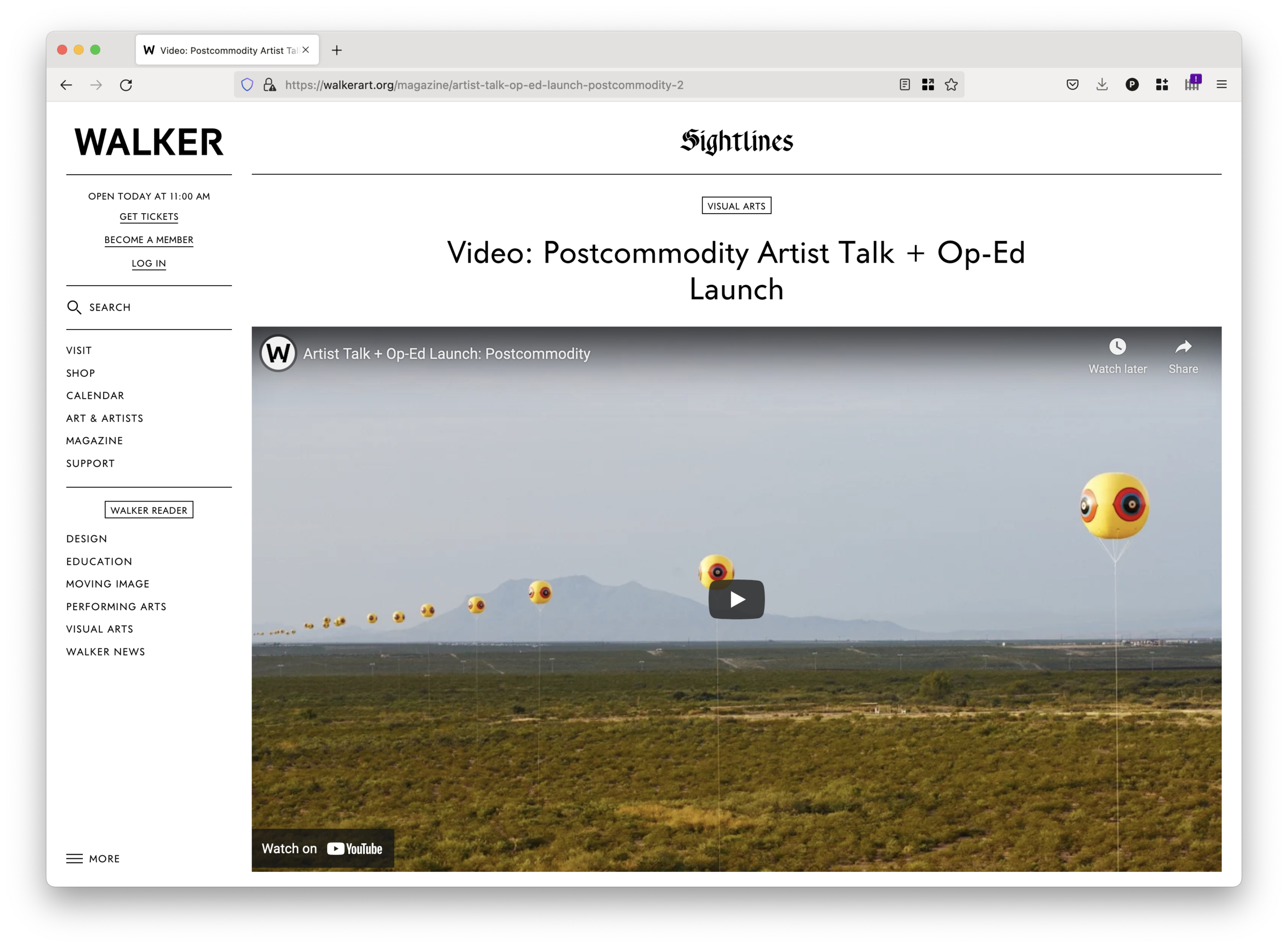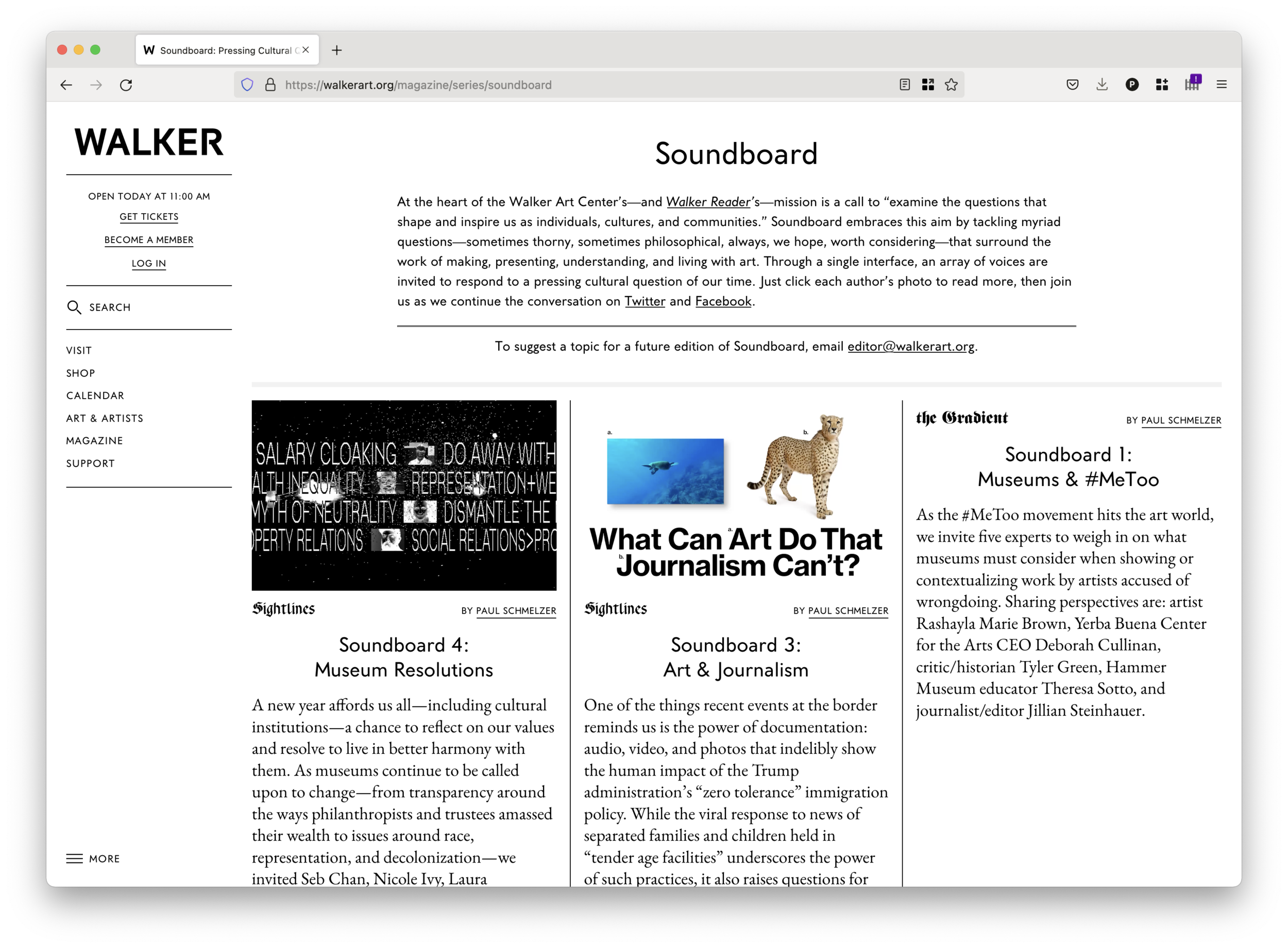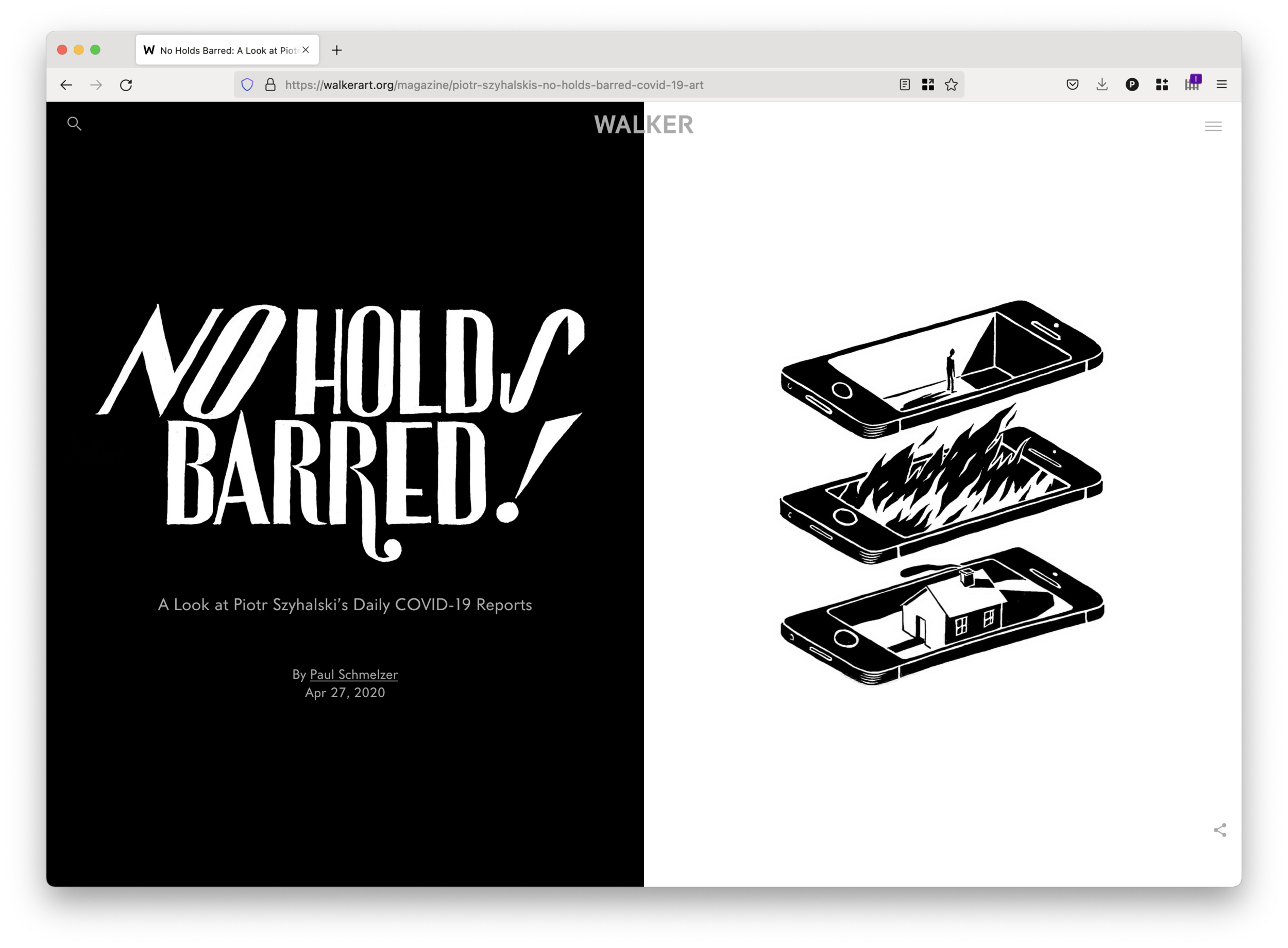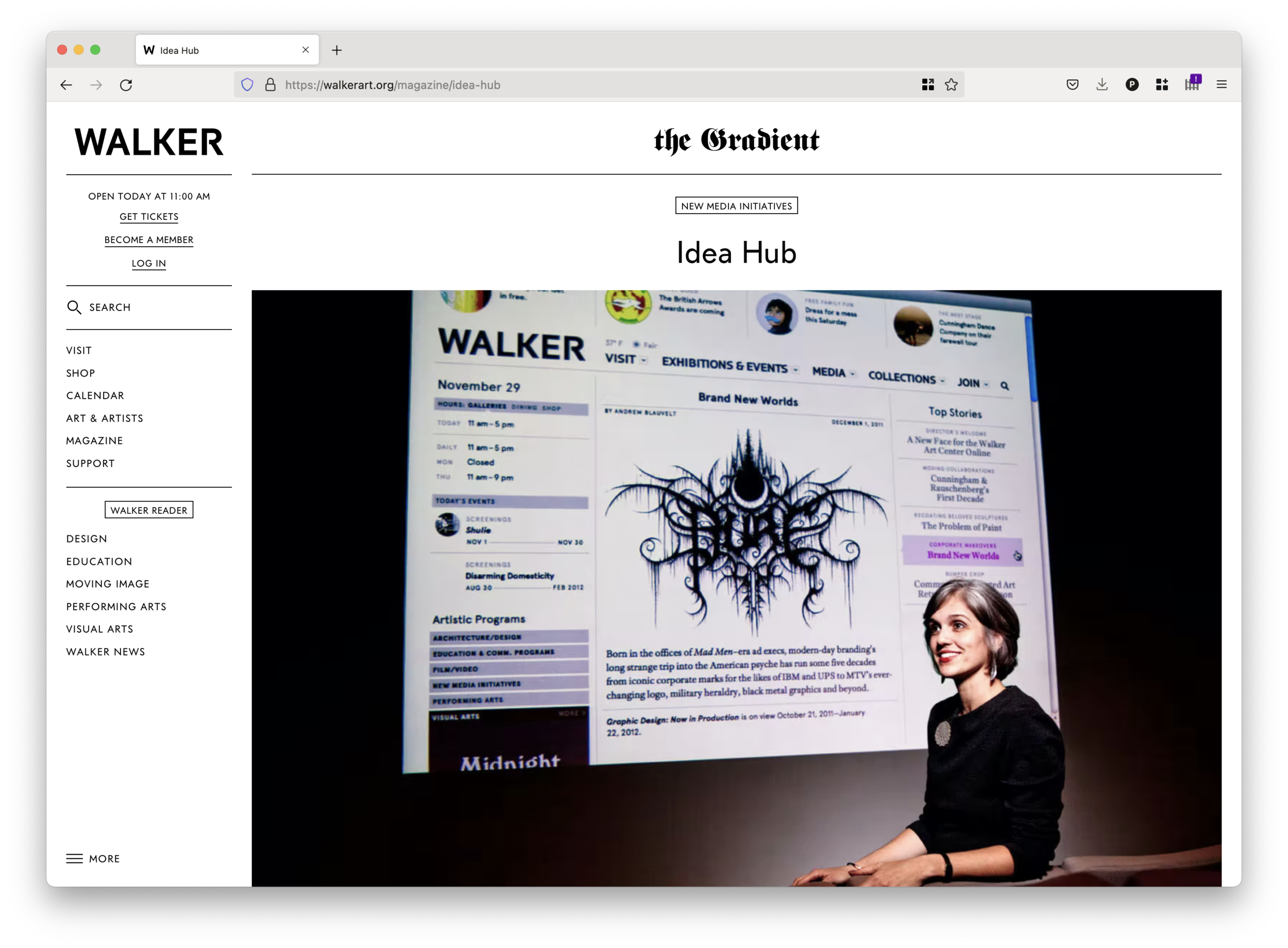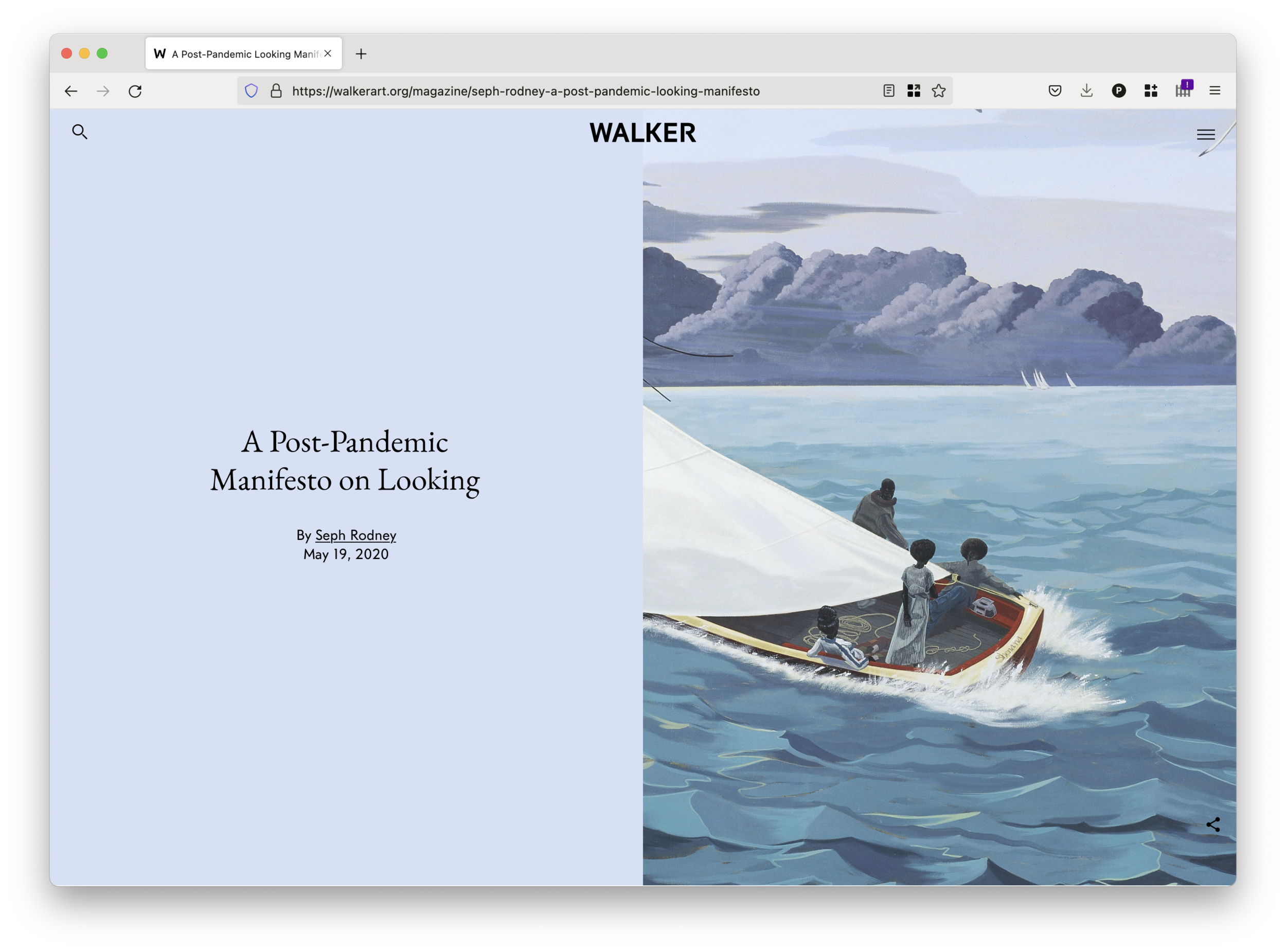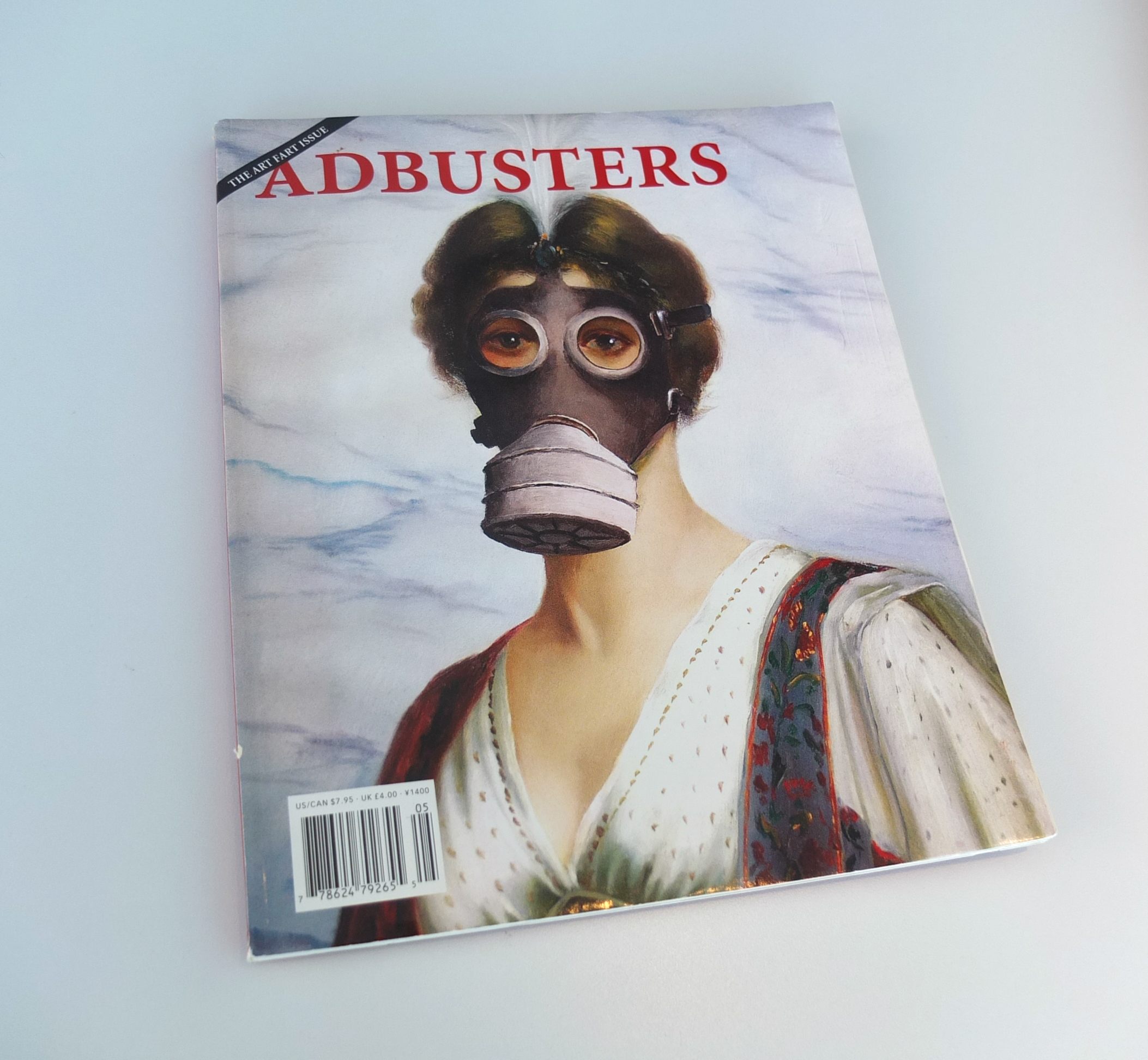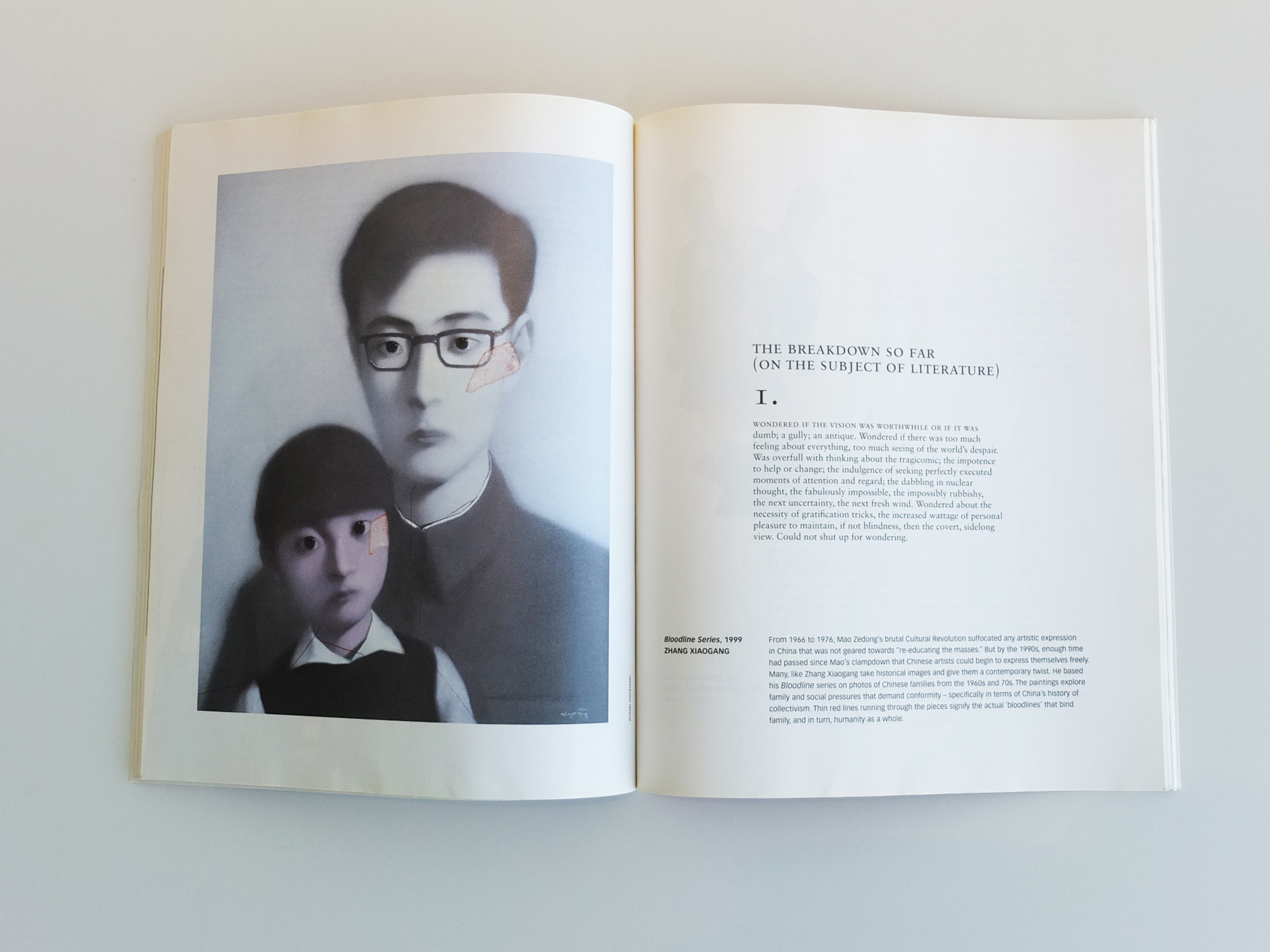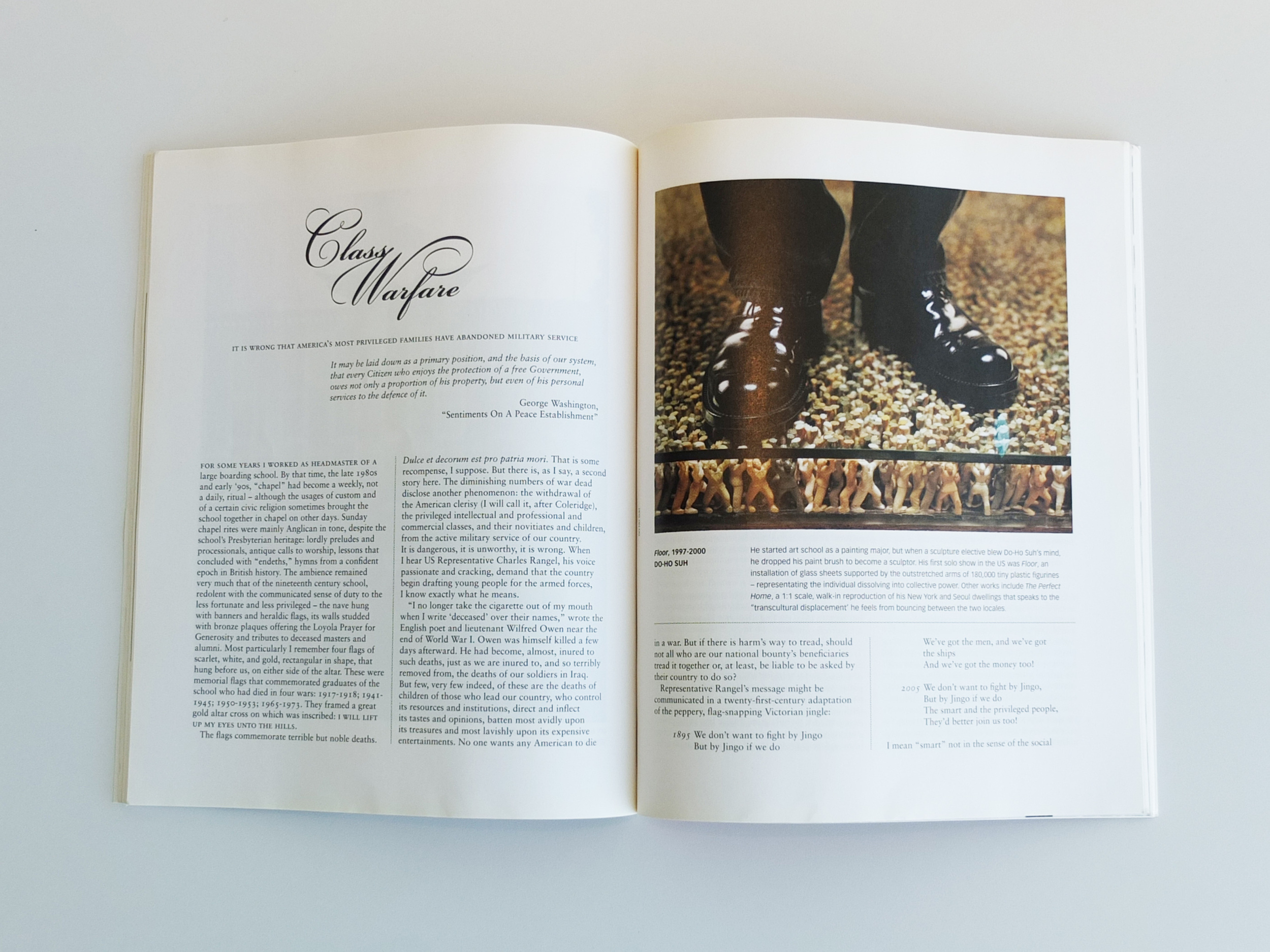As guest editor of the Midwest region of the just-published National Gallery of Art series “West to East,” I invited three rural writers to share their perspectives on how place shapes creativity—and contributed a writing of my own.
Called Back: On George Morrison, Land Acknowledgement, and Returning Home
Artist Andrea Carlson writes about the art of George Morrison and her return to Gichi Bitobig (Grand Marais), a landscape that influenced Morrison deeply. A member of the Grand Portage Band of Lake Superior Chippewa, she parses what’s left out when we see didactic labels for Morrison’s art that leave out so much of the story.
An aerial view of Francis Xavier Church, the Chippewa City church George Morrison and his family attended. Photo: Jenn Ackerman and Tim Gruber
Modernist Barns and Modern Farmers
Owner of Pied Beauty Farm and associate professor of English at the University of Wisconsin – Whitewater, Joshua Mabie looks at the ways artists like Grant Wood leveraged agrarian symbolism, unwittingly obscuring the reality of life for rural people. Fun fact: while the house in Wood’s American Gothic remains a tourist destination in Iowa, the red barn over the couple’s shoulder never existed: “[It] is a figment of Wood’s imagination, added to confirm the painting’s rural setting.”
Iowa Artists Craft Complex Visions of the Rural
Matthew Fluharty, executive director of Art of the Rural, focuses on Grant Wood’s immersive Corn Room murals as a way to “understand how land, tradition, and personal experience have motivated rural, regional artists,” from Grant Wood to Timothy Wehrle, Laurel Nakadate, and Duane Slick.
For the fourth piece in the series, I contributed my own writing:
Potter Richard Bresnahan Navigates an “Eco-mutual” Future
For my profile, I visited the resident potter at my alma mater, St. John’s University, to hear about how his experience apprenticing with the Nakazato family’s master potters in Kyushu, Japan, in the 1970s influenced his hyperlocal, eco-friendly, and distinctly Minnesotan practice in Collegeville.
Richard Bresnahan in the St. John’s Abbey Arboretum, Collegeville, Minnesota. Photo: Jenn Ackermann and Tim Gruber.
The series is visually unified by the photography of Minneapolis-based studio Ackermann + Gruber, whose imagery grounds each story in the unique sense of place of these four rural environments. After hiring them for a Carleton College shoot and imagery for a Land O’Lakes project on rural vitality, this is my third time working with this husband and wife duo.
For more of my work with the National Gallery, read:
“If Robert Adams Wants His Eco-Conscious Photography to Change Anything, It’s Us,” August 12, 2022
“Doubling Across Time: Three Artists on Racism, Revolution, and Feminism,” October 22, 2022
“Calder’s Mobile Breathes Life into the East Building,” December 21, 2022
